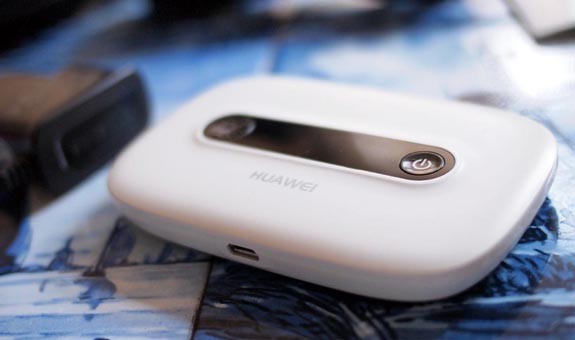Something that both John and I have asserted on multiple occasions is that the dot com lifestyle isn’t necessarily about making large sums of money or driving particularly expensive cars. It’s far more about the time and location freedom that such a lifestyle can support, allowing you to work when and from where that you’d like.
Whether you’re heading to London, Vancouver, Melbourne or a private island in the Bahamas, you have the opportunity to keep running your online business and keep that cash flow going. Of course, having access to the Internet is positively critical if you want to make money online, so when you are jetsetting your way to international locations, how can you stay connected to the web?
The following list makes a couple of assumptions. First, you are leaving your home country. If you’re an American staying in the United States, you don’t exactly have to make huge adjustments to stay online. Second, you aren’t staying in the new location long enough to really justify setting up a new home Internet service (cable, DSL, fiber, etc.). With that in mind, here are four of your biggest options for Internet access on the go, so you can keep making money online.
Hotel In-Room Internet Access
The good news is that the majority of hotels these days do offer Internet access in their guest rooms. The bad news is that this access is typically quite costly and not very fast. What I’ve found is that cheaper hotels tend to have better Internet access (and complimentary to boot) while fancier hotels tend to have worse Internet access (at higher fees). Your mileage will vary, of course, but if you’re in a nicer place that is charging $20/day for sub-megabit service, you’re going to get frustrated.
Coffee Shops and Public Wi-Fi
The world is far more connected than ever before and if you find yourself in a reasonably modern city, you’re probably going to find some free public Wi-Fi locations around town. These could be public libraries (though you usually need a local library card), coffee shops and restaurants.

However, there several reasons why you don’t want to work from Starbucks. The Internet connection is anything but secure and your private data could be picked up by other people on the same Wi-Fi network. The distractions are innumerable and it wouldn’t be appropriate for you to park yourself at a coffee shop for 6 to 8 hours having only paid for a single small drink. Public Wi-Fi might work in a pinch, but you shouldn’t rely on it if you take your online business seriously.
Local Prepaid SIM Cards
If you plan on only visiting one location, by far the most cost-effective and reliable method for staying online is to get local service. In the context of your unlocked smartphone (with tethering!), you can get a local prepaid SIM card, load it up with a plan and get yourself on the Internet very quickly. This is very versatile. Many countries also offer options for USB Internet sticks, mobile hotspots, and 3G/4G-enabled devices like tablets.
For Canadians traveling through the United States and Mexico, Roam Mobility could be a more convenient option as you’re dealing directly with a Canadian company and there is no minimum annual obligation to keep your account active. Just add the days you need and hit the road.
Mobile Hotspot Rental Services
A couple of years ago, I took a three-week trip through Europe. During that time, I didn’t get as much work done as I normally do at home–I wanted to see the sights and eat the food, of course–but I did need to stay connected to the Internet to continue my duties as a freelance writer and professional blogger.
Had I only stayed in a single country, I likely would have opted for the prepaid SIM card described above. Because I was visiting multiple countries, getting set up with multiple SIMs, multiple plans and multiple providers would have been an unnecessary and frustrating waste of time. Thankfully, there are services that cover road warriors visiting multiple destinations.

In my case, I rented a mobile hotspot from Tep Wireless. The pocket Wi-Fi device seamlessly hopped between providers as I crossed country borders, keeping me connected the whole trip. I ended up paying just over $160 for 1GB of data across 21 days, including shipping and device rental. It wasn’t cheap, but it was very convenient.
Coworking Office Space
Myself, I feel most accustomed to working out of my home office. Other folks need to get out, be around like-minded people and work in more of an office environment. Coupled with the rise in startups and solopreneurs, this is why coworking spaces have exploded in popularity in recent years. That’s fine when you’re in your hometown, but what about when you’re traveling?
The good people at The Network Hub put together the Coworking Visa Map. The site, as you can probably guess, maps out a huge number of coworking spaces around the globe where you can use your Coworking Visa. These locations are presumably vouched for and provide reliable Internet for the mobile professional.
Fueled by the Internet
The list above is understandably coming from a more general perspective of when a “dot com mogul” wants to keep his or her online business going while going out to see and experience the real world. Of course, each country, each area, each city will have its own little quirks and specifics, so your best bet is to do a little research before you embark on your trip to learn how best to stay connected to the Internet when you arrive at your destination.
And the best place to do that research? You guessed it: the Internet.
